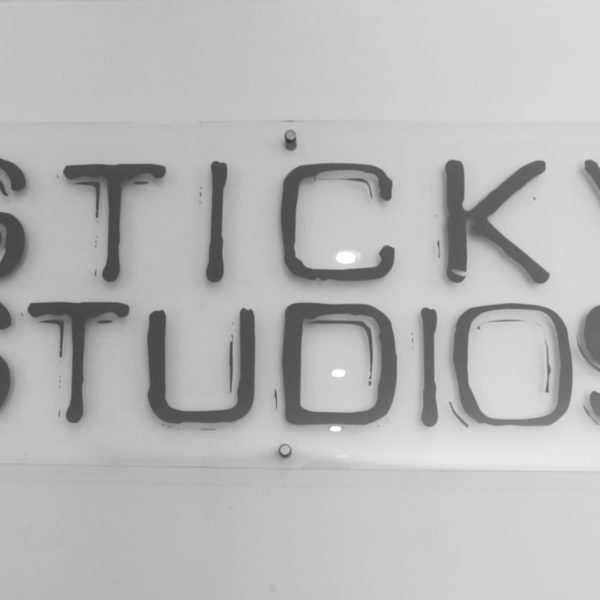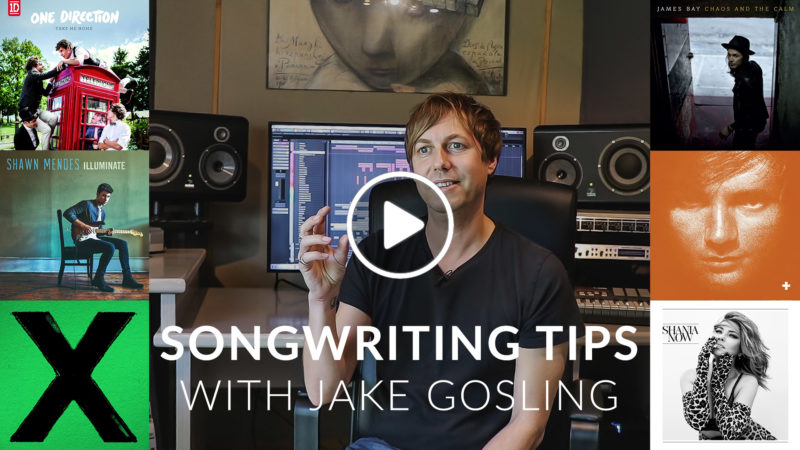“Great songs that stand the test of time will have a story behind them,” says producer and songwriter Jake Gosling, sitting at his creative workstation at his own Sticky Studios in leafy Surrey. With a long list of credits including Shawn Mendes, Shania Twain and The Libertines, Audient figured Jake knows what he’s doing when it comes to writing a good song, so we asked him for some insights.
“The whole point of writing a song is that you’ve got to have something to say”
“The whole point of writing a song is that you’ve got to have something to say,” he says, advising those who are struggling with inspiration to return to this mantra. “The only times that people get writer’s block is when they don’t know what they’re saying.”
Watch now:
Jake – who is also a happy ASP880 8-channel mic preamp owner – also chats about
- capturing ideas
- collaboration
- when is a song finished
- how long the process should take
- inspiration versus influence
How does he harness his own inspiration? “Creative ideas will hit you in the middle of the night, first thing in the morning or when you’re talking to someone,” he says, and gives us a few tips as to how to log these thoughts, so he can refer back to them at a later date – when inspiration may be more elusive.

He talks about the benefits of collaboration, which he finds can ease the writing experience significantly. He describes his ‘two-day process’ in order to consider what a song is about and give himself the time to “live with it a little bit. […] There’s nothing wrong with reworking it.” Conversely, he highlights the drawbacks of spending too long on a song and discusses the concept of knowing when the song is finished.
 “Do it your way”
“Do it your way”
Perhaps his top tip is: “Do it your way,” a lesson that could be applied to all areas of life. “It will make you happy if you’re doing things that feel right,” he says – and he could very well be right.
The third in a trilogy of videos, each filmed at Gosling’s Sticky Studios and focusing on a different topic, they are all available to watch at Audient’s Tutorial Hub.


